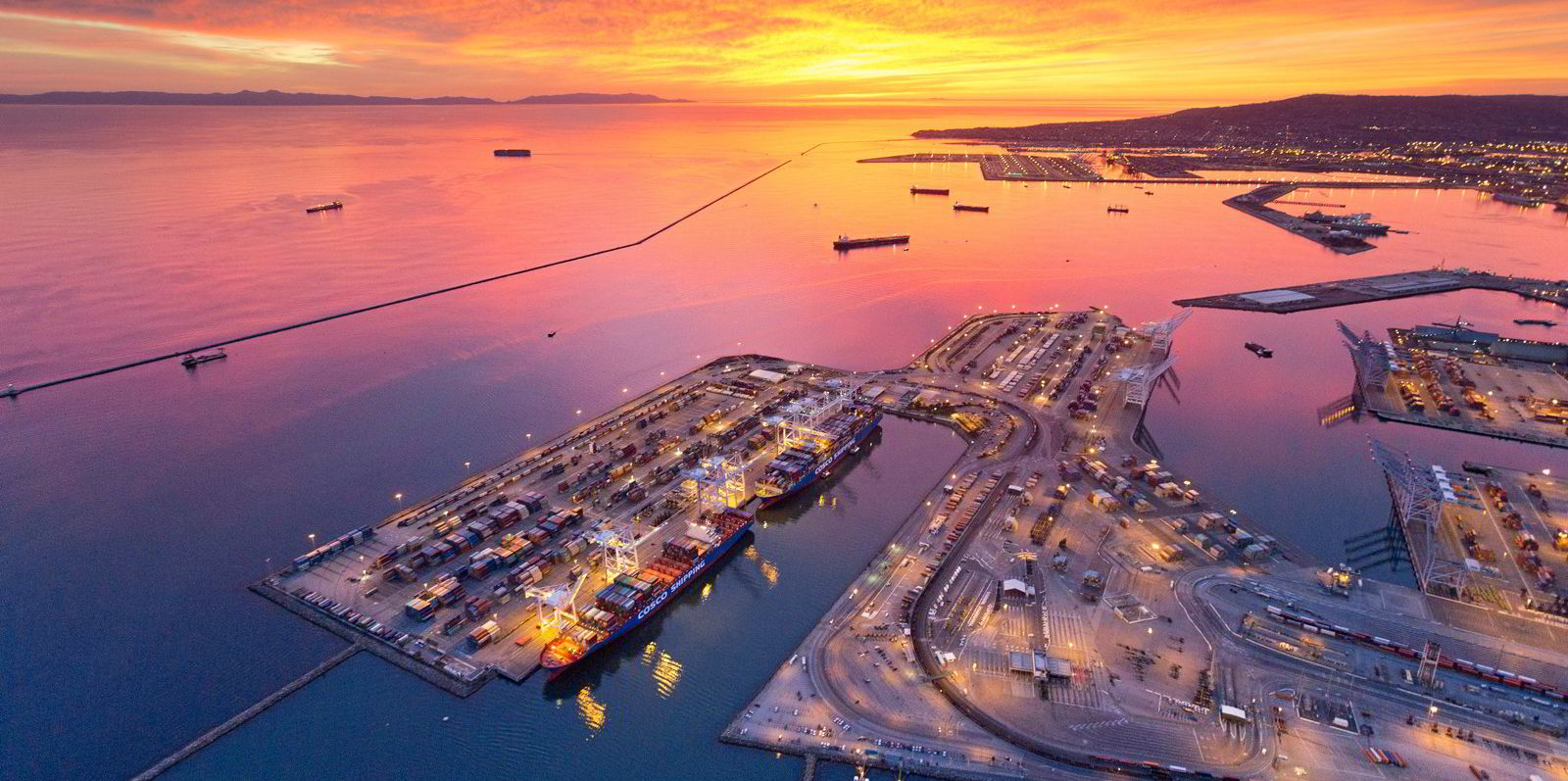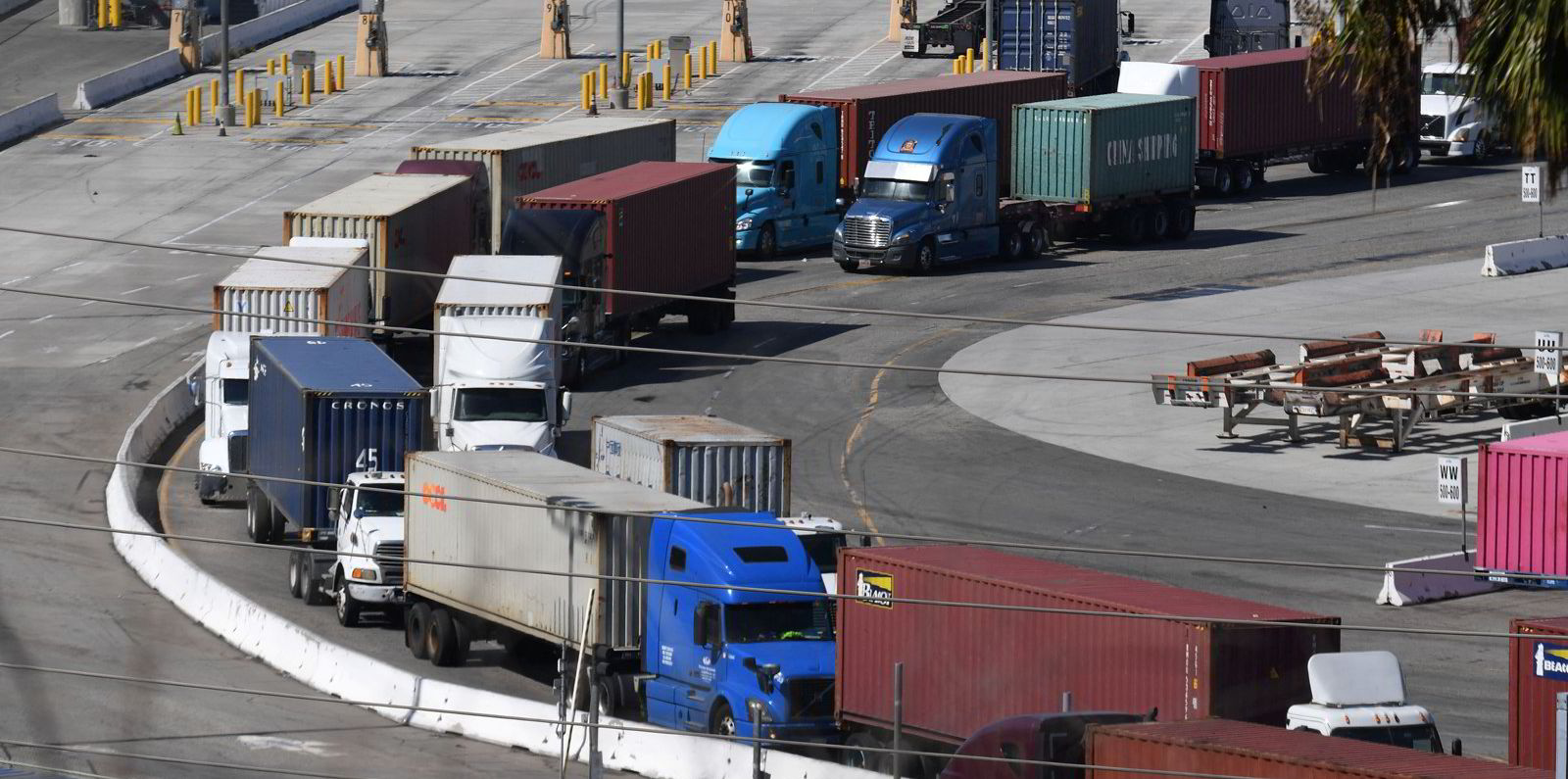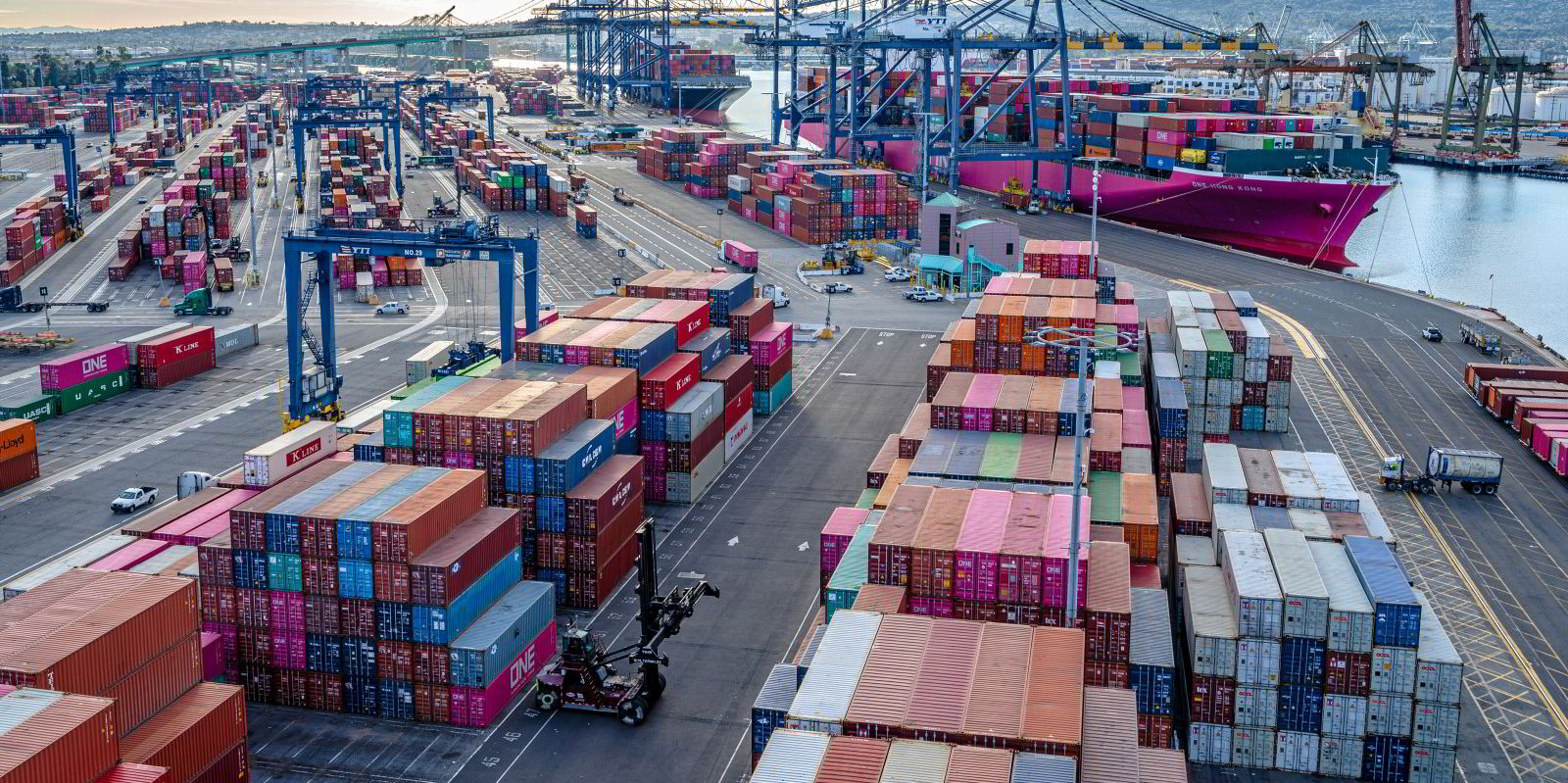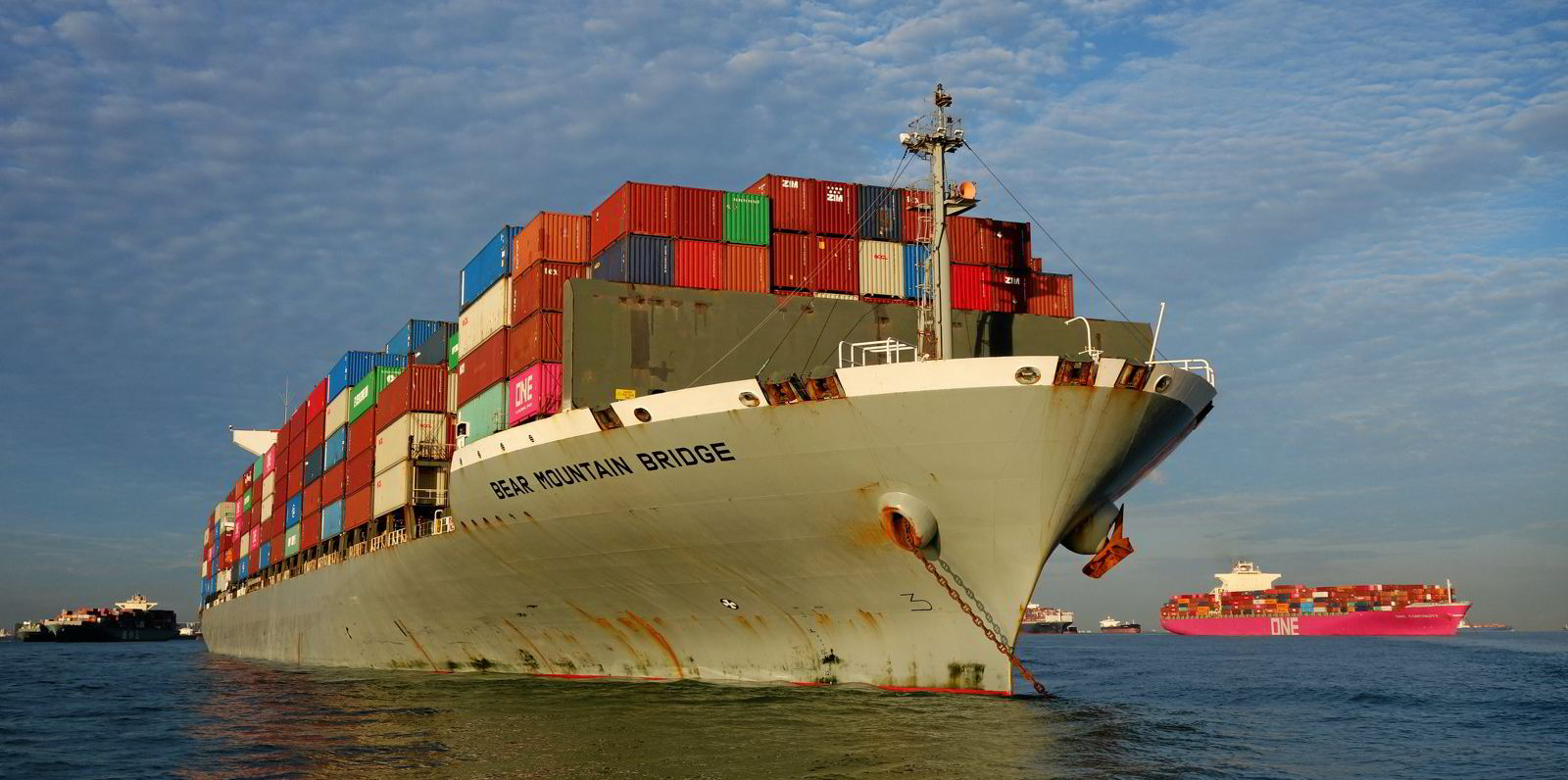Global supply chain bottlenecks show no sign of easing as new figures reveal that port congestion across several sectors has reached record levels.
Containership port congestion hit a new high last week, with problems most acute in China and on the US west coast, said leading shipbroker Clarksons.
Congestion has also hit the dry bulk and car carrier markets, lifting overall congestion to record levels, said Steve Gordon, managing director of Clarksons Research.
The figures underline the problems manufacturers and commodities shippers face due to delays both at sea and on land from problems caused as demand rebounded strongly after pandemic shutdowns.
New high
Clarksons’ Containership Port Congestion Index hit a new high of 37.3% of the boxship fleet on 21 October, compared to a pre-Covid-19 pandemic average of 31.4% between 2016 and 2019.
The index measures the fleet "at port", which includes ships on berth and those in nearby anchorages on a seven-day rolling average.
Congestion for containerships, bulk carriers and car carriers lifted Clarksons' overall Deep Sea Cargo Vessel port congestion index to a record high of 33.3% on 21 October, compared to a pre-pandemic average of 29.7%.
Among the container congestion hotspots, some 2.6m teu of containerships were "at port" in China on 21 October, up more than 50% on the 2016/2019 average of 1.7m teu.

On the US west coast, ships "at port" totalled 870,000 teu on the same date, almost three times the pre-pandemic average of 320,000 teu.
"Disruption to global logistics and supply chains remains widespread, with port congestion a major contributor to the record freight rates in a number of shipping segments," Gordon said.
Clarksons' ClarkSea global cross-sector ship charter benchmark index has so far this month hit a 12-year high of $42,114 per day.
Container freight rates are now widely between five and 10 times their pre-pandemic levels, with charter rates and ship values following them upwards.
Land congestion
While ships continue to face port delays due to Covid-19 crew transfer restrictions, the biggest causes of port congestion have been on land.
Ports have struggled to get boxes in and out fast enough, and shippers and freight forwarders have struggled to find capacity to drive trucks and handle incoming and outgoing containers.
Some major shippers including Amazon and Coca-Cola have reportedly chartered their own vessels in attempts to sidestep the problems.
In the UK, the issues appear to be easing. Boxship capacity "at port" was 150,000 teu on 21 October, down from 220,000 teu a few days earlier. Delays at the country's biggest port — Felixstowe — hit national headlines earlier this month when Maersk started diverting its biggest vessels in favour of transshipping cargo.
Port congestion is far from limited to the container sector, with dry cargo capacity "at port" hitting a new record of 36.2% on 21 October, up from an average of 32.6% in the year to date. The pre-pandemic average from 2016 to 2019 was 29.9%.
"This has contributed to the highest levels of freight for bulk commodities such as iron ore, coal and grain since 2008," Gordon said.
Car carrier congestion is close to recent highs with capacity "at port" hitting 24.9% on 21 October compared to a pre-pandemic of 22.7%.








